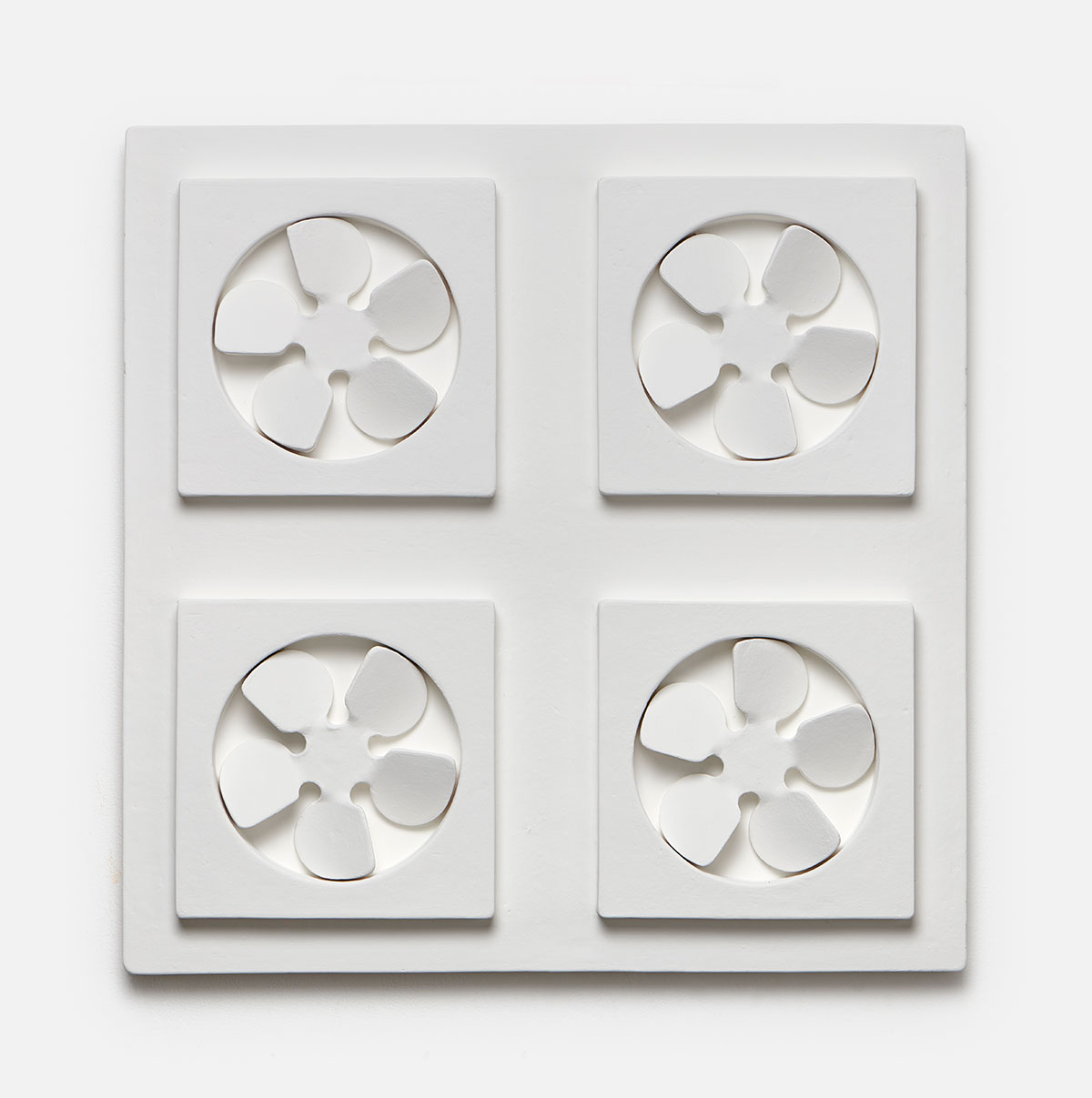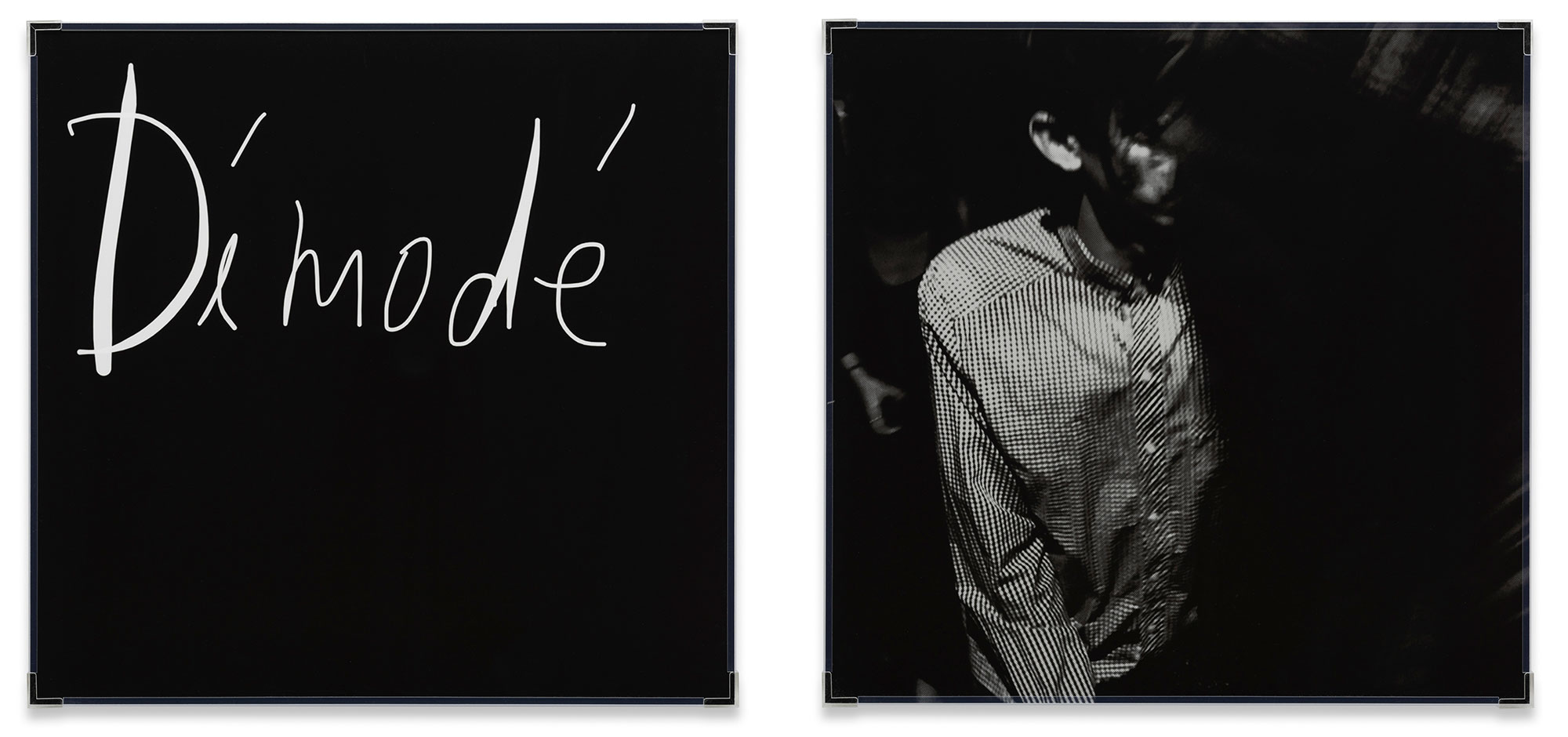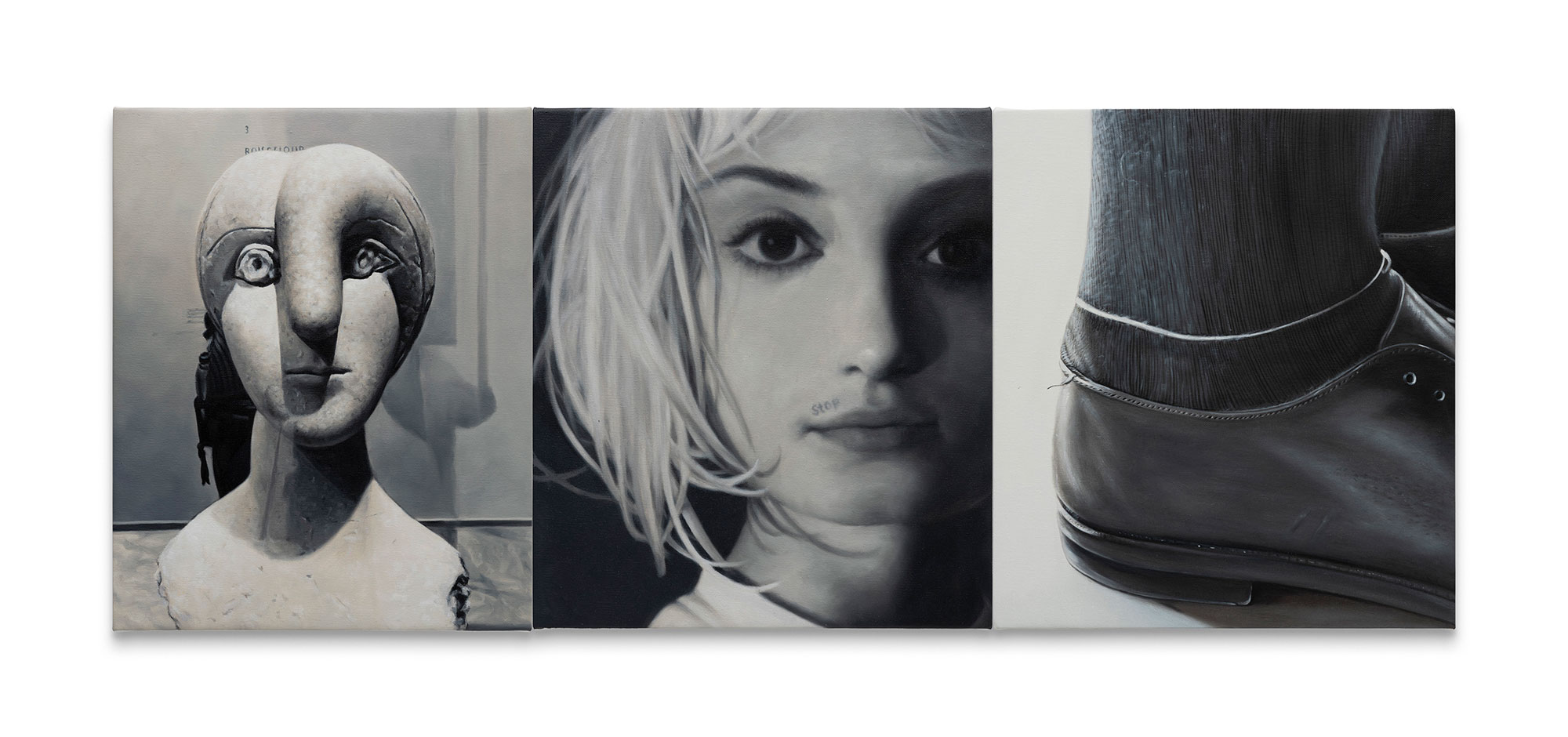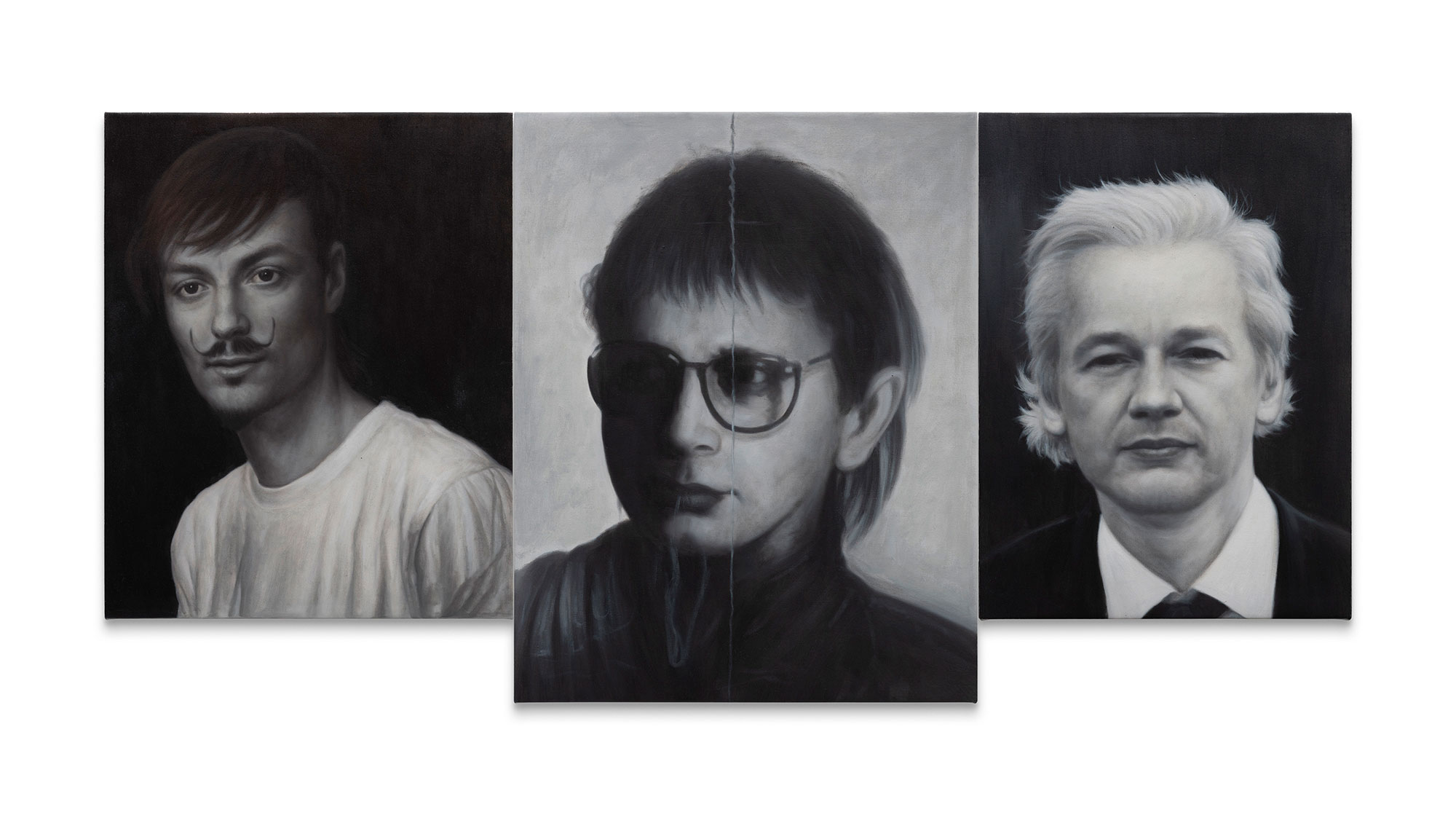ART CITIES: London-Rosemarie Trockel
 Rosemarie Trockel is a contemporary German Conceptual artist whose work challenges traditional notions of femininity, culture, and artistic production. Employing a wide range of materials, including video, ceramics, drawing, found artifacts, and knitted works, the artist raises questions of politics, domesticity, eroticism, and fantasy. Her breakthrough came in the 1980s, and ever since she has been critically examining art, the structures of society, and gender roles with analytical acuity and humor and with a sensuality that is all her own.
Rosemarie Trockel is a contemporary German Conceptual artist whose work challenges traditional notions of femininity, culture, and artistic production. Employing a wide range of materials, including video, ceramics, drawing, found artifacts, and knitted works, the artist raises questions of politics, domesticity, eroticism, and fantasy. Her breakthrough came in the 1980s, and ever since she has been critically examining art, the structures of society, and gender roles with analytical acuity and humor and with a sensuality that is all her own.
By Dimitris Lempesis
Photo: Sprüth Magers Gallery Archive
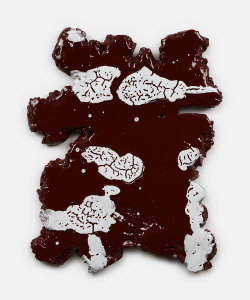
Rosemarie Trockel in her solo exhibition entitled “Why gravel, Ms. Smith?”, presents new and recent ceramic works, a previously unseen “Cluster” consisting of digitally reconfigured photographs, as well as two new variants of key themes and forms, including the debut of a series consisting of oil paintings based on her photographic images. Rosemarie Trockel is constantly re-reading and reshuffling her own materials: In her large-scale “Clusters”, Trockel revisits and samples several of her previous works from various times and contexts by making each grouping a unique work full of contradiction. She uses the term “clusters: to describe this mode of presentation, which is actually way of reflecting the interconnections and unity of her oeuvre. “CLUSTER VI: Door Ajar” consists of 14 digitally reconfigured photographs, including snapshots taken by the artist with her iPhone, a number of staged or digitally manipulated images as well as reconfigurations of her own works since the early 1980s. As a multilayered and seemingly disconnected world of images, the work brings to light the ways we organize thoughts, memories, and ideas, while revealing our inherent drive to impose order on disorder. In front of “Cluster VI”, the abstract sofa-sculpture “Device” (2015) is part of a body of work that takes inspiration from pieces of furniture; a selection of prints is displayed on it. In this exhibition, a series of ceramic works demonstrate her range from amorphous to definite objects: some allude to organic shapes found in nature or resemble mirror-like objects while others are structured forms cast in mold reliefs. They deny metaphorical descriptions and obvious interpretations. In the exhibition, a new variation of her sampling is presented as a series of smaller, square prints framed in plexiglass. Key themes and forms also appear in another new body of work of oil-on-canvas paintings – the first time her images are rendered in this medium. Emphasizing the serial approach of her practice, the compositions demonstrate how integral variations are within Trockel’s oeuvre which is fueled both materially and conceptually by a constant process of collecting, overwriting, and re-ordering. She regards the artwork as an unstable aggregate of form and concept, deploying this radical instability to dismantle a range of cultural categories, rules, and dogmas.
Rosemarie Trockel studied at Fachhochschule für Gestaltung in the 1970s. During her school days, Trockel has already shown an undeniable interest is the grotesque and the unusual and majority of her early artworks were influenced by the later forms of Surrealism. Another major influence when it comes to Trockel’s art study was Joseph Beuys. Trockel is known to experiment with many mediums, such as film, video, ceramics, drawings, and collages, which emphasizes the strength of Trockel’s talent. In addition to her works in film, ceramics, and drawings, a lot of Trockel’s pieces represent innovative sculptures done in an array of different materials. In the early 1980s, Trockel became an active exhibitor and her first solo shows were held at Monika Sprüth Gallery in Cologne, which was famous for showcasing only female artists. Since the German art scene at the time was dominated by male artists such as like Joseph Beuys and Gerhard Richter, Trockel’s presence was really refreshing and daring at the same time. Rosemarie Trockel represented Germany at the Venice Biennale in 1999, and exhibited at the art fair Documenta X in Kassel in 1997, with her installation Haus für Schweine und Menschen (House for Pigs and Humans). This work, which was created together with colleague Carsten Höller, received great publicity. It focused on man’s relationship to animals, and allowed the audience to dwell under the same roof as a number of pigs, albeit separated from them by a one-way glass wall – the audience could see the pigs but the pigs couldn’t see the audience.
Photo: Rosemarie Trockel, Lucky Lady, 2017, Ceramics, slip trailing, 60 × 60 × 20 cm, 23 5/8 × 23 5/8 × 7 7/8 inches, © Rosemarie Trockel/VG Bild-Kunst, Bonn, 2022, Courtesy Sprüth Magers
Info: Sprüth Magers Gallery, 7A Grafton St, London, United Kingdom, Duration: 25/1-19/3/2022, Days & Hours: Tue-Sat 10:00-18:00, https://spruethmagers.com
